What Are YOUR Odds of Having Hearing Loss?
Did you know that people who suspect they have hearing loss often wait years before they take steps to address their hearing health? What they may not realize is that waiting so long may make treatment more difficult. That’s why it’s important to know and act on YOUR odds of having hearing loss.
1. Age
According to the NIDCD (National Institute on Deafness and Other Communication Disorders):
- About 2 percent of adults aged 45 to 54 have disabling hearing loss.
- The rate increases to 8.5 percent for adults aged 55 to 64.
- Nearly 25 percent of those aged 65 to 74 have disabling hearing loss.
- The rate increases to nearly 50 percent of those 75 and older.1
2. Gender
Men are more likely than women to report having hearing loss.2
3. Noise Exposure
The NIDCD estimates that approximately 15 percent of Americans (26 million people) between the ages of 20 and 69 have high frequency hearing loss due to noise exposure at work or during leisure activities.3
________________________________________
Now let’s take a moment to see how these odds of having hearing loss may affect YOU.
How old are you? Are you 45-54? 55-64? 65-74? 75 or older? As you can see above, the prevalence of hearing loss increases with age.
Are you male or female? Think about the hard-of-hearing people you know. Are most of them men? Men report hearing loss more than women do. Part of the reason may lie in the next answer.
Have you been regularly exposed to loud noises at work or play? Many industrial workers, power-tool users, motor sports enthusiasts and hunters suffer from increased hearing loss as the result of unprotected exposure to mechanical and explosive noises (www.nidcd.nih.gov/health/hearing/pages/noise.aspx). The Veterans Administration says hearing issues are the most common service-connected disability among American veterans (http://www.research.va.gov/pubs/docs/va_factsheets/HearingLoss.pdf). Many rock musicians are seeing increased hearing loss after years of exposure to amplified sound and are raising awareness of the need to protect themselves (www.hearnet.com). 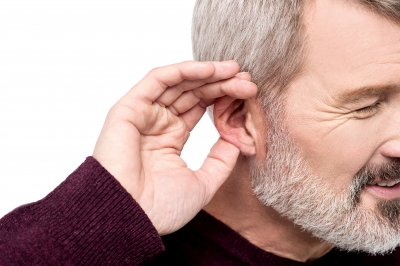
Do any of these risk factors apply to YOU? If so, or if you’ve begun to have any other concerns about your hearing, consider making an appointment with an audiologist or other hearing specialist. Ask your primary care physician to suggest someone you can consult.
Above all, don’t gamble with your hearing!
Notes
1Based on calculations performed by NIDCD Epidemiology and Statistics Program staff using data from the 1999-2010 National Health and Nutrition Examination Survey (NHANES) and applying the definition of disabling hearing loss used by the 2010 Global Burden of Disease Expert Hearing Loss Team (“hearing loss of 35 decibels or more in the better ear, the level at which adults could generally benefit from hearing aids”).
2Blackwell DL, Lucas JW, Clarke TC. Summary health statistics for U.S. adults: National Health Interview Survey, 2012. National Center for Health Statistics. Vital Health Stat 10(260). 2014.
3Hoffman HJ, Ko C-W, Themann CL, Dillon CF, Franks JR. Reducing noise-induced hearing loss (NIHL) in adults to achieve U.S. Healthy People 2010 goals. Abstract. Am J Epidemiol. 2006 Jun (Suppl S); 163(11):S122.
Photo Credits
Roulette wheel by Håkan Dahlström (www.flickr.com/photos/dahlstroms/5276348473)
“What did you say?” image courtesy of stockimages at FreeDigitalPhotos.net








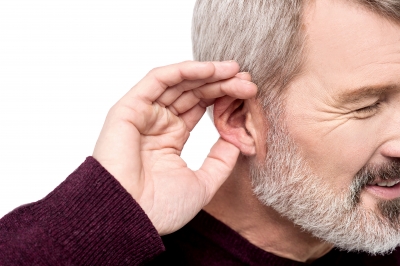










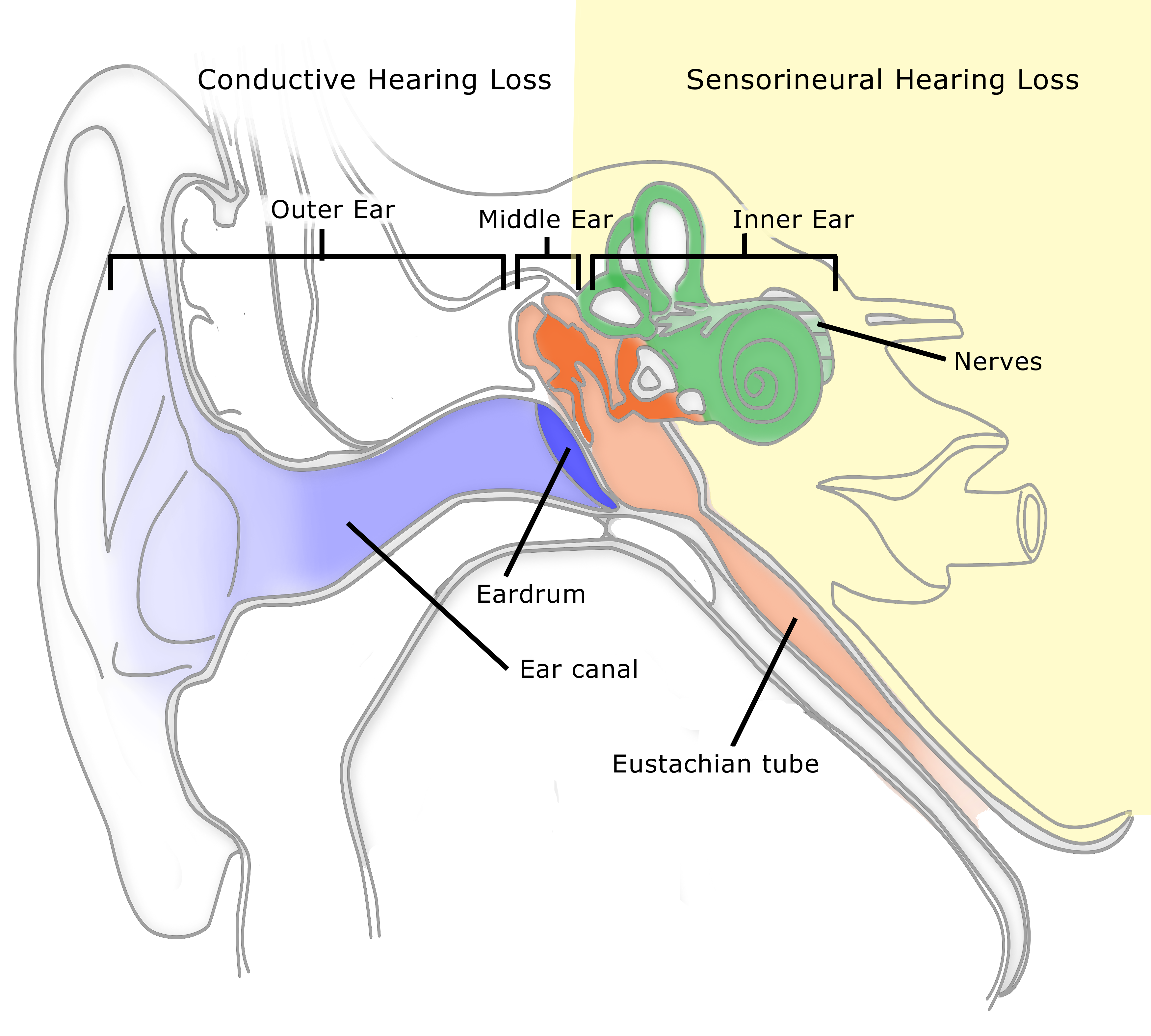
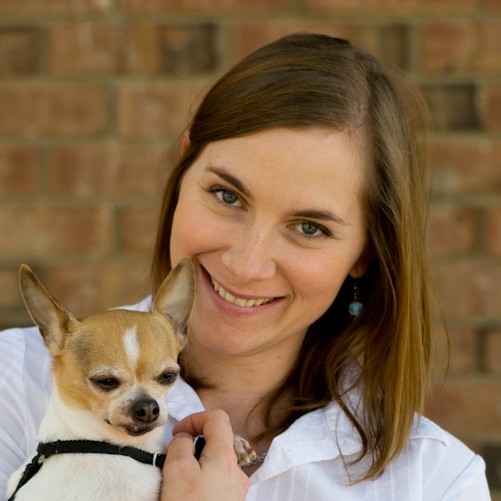

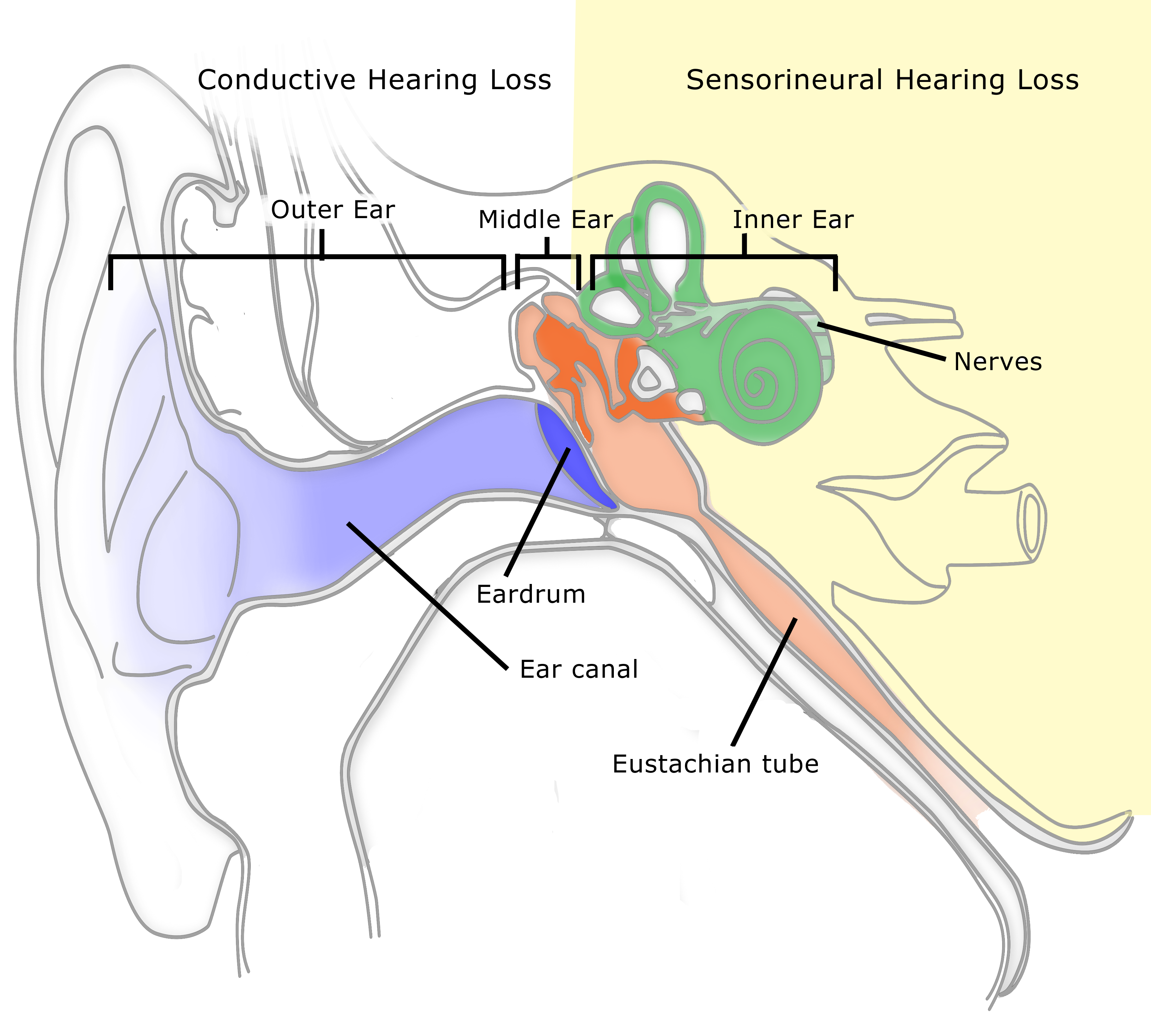
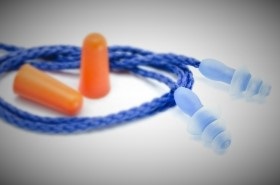
Leave a Reply